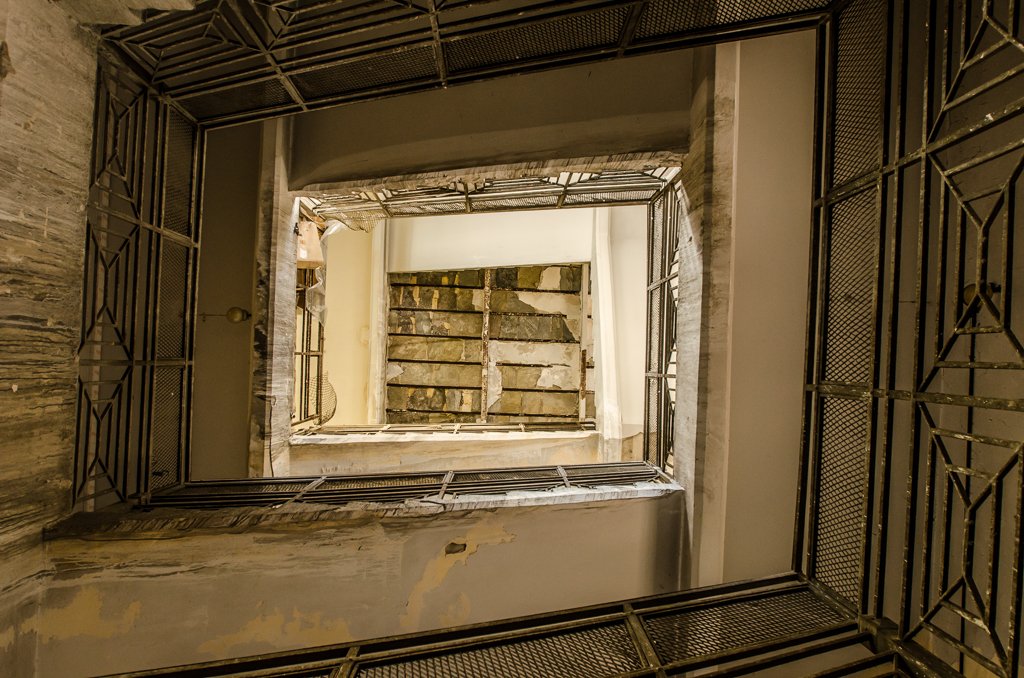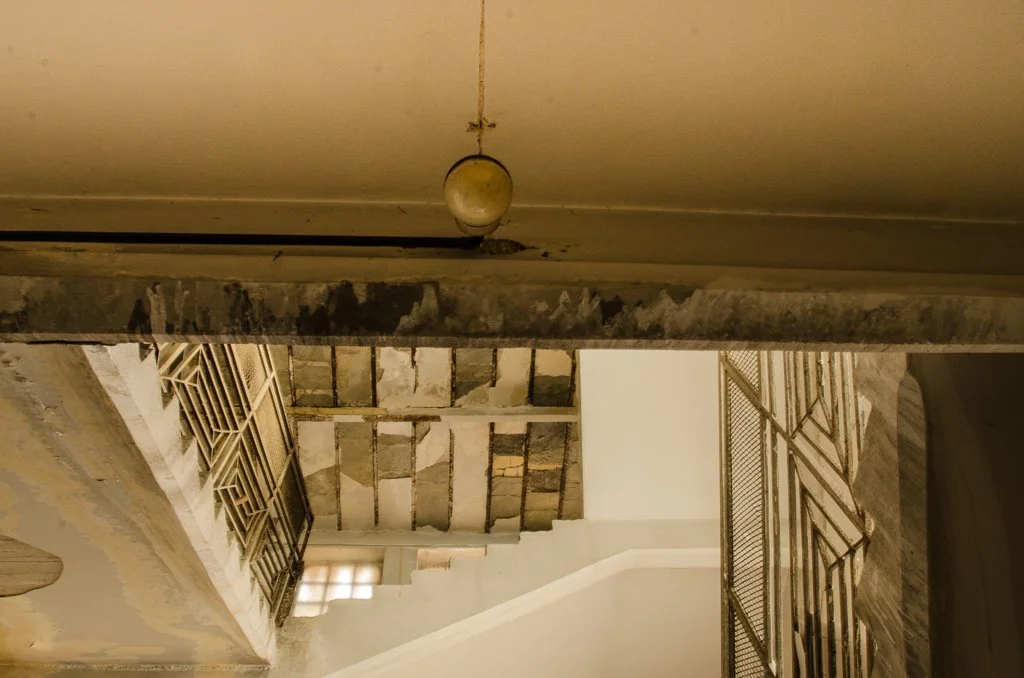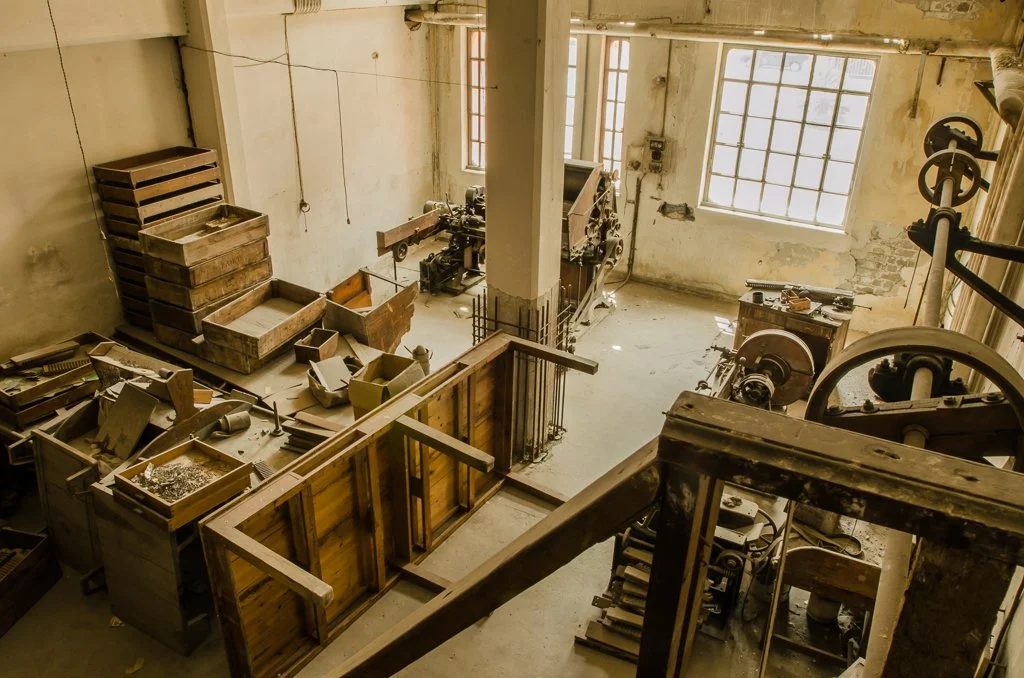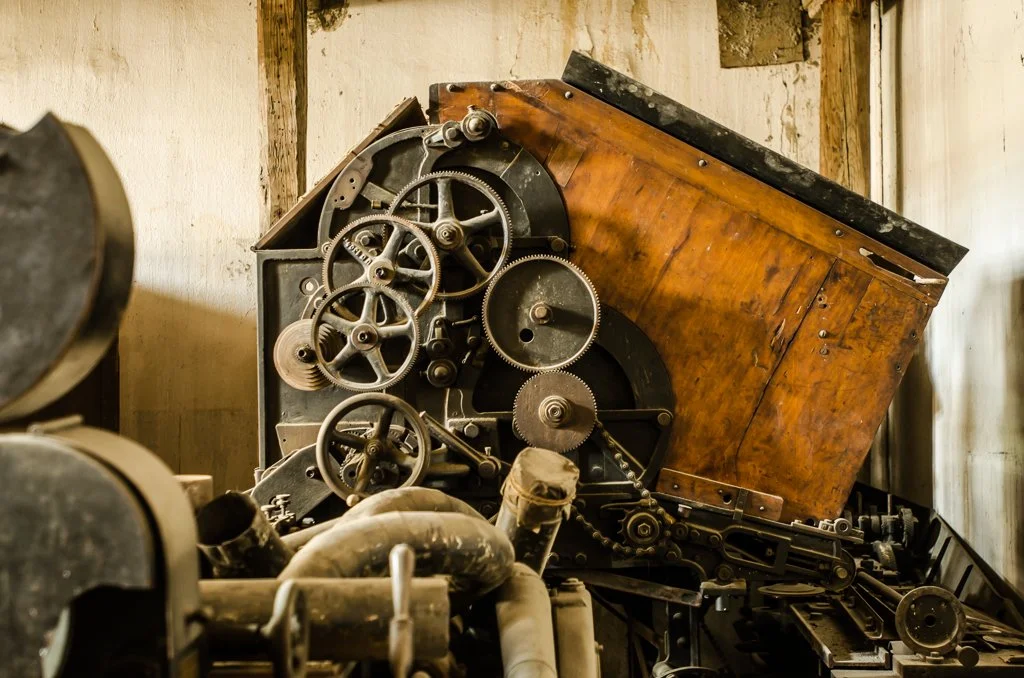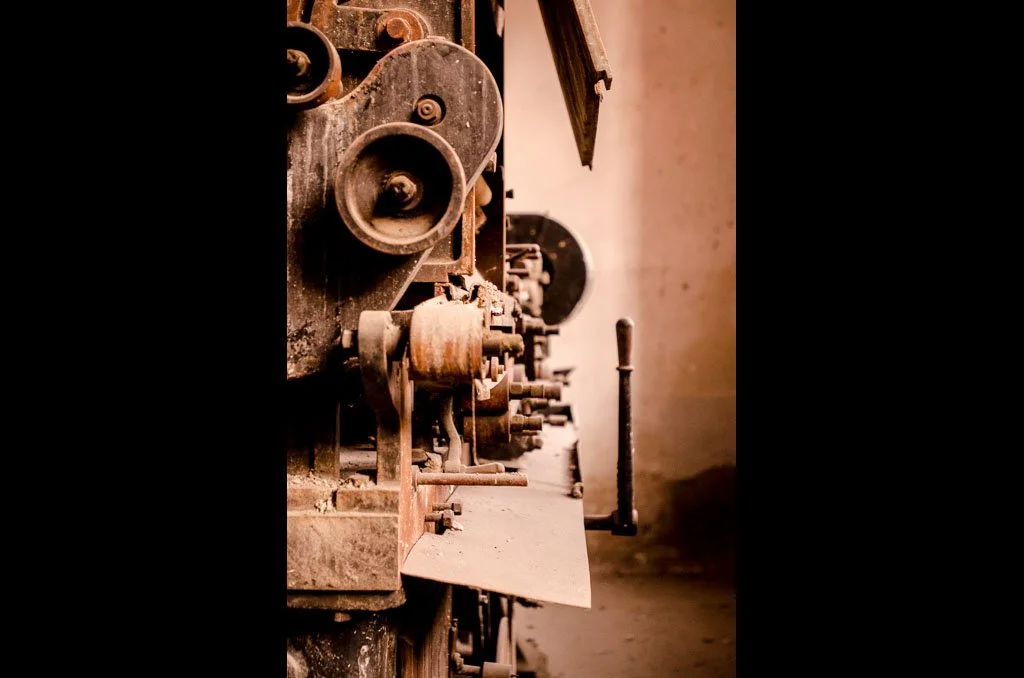
Tobacco Factory
We worked hard. From 5 am until 1 pm, and again in the afternoon. About 150 people including the women. We had a conveyer belt where we processed the tobacco leaves on. We selected the leaves. We filled the crates and we sent them upstairs along the conveyor belt. upstairs, the rest of the girls rolled the cigarettes. They would supervise us and whenever they had suspicions that we were not working, the foremen would stand over us and observe. The people that worked in the basement had respiratory problems. Upstairs, at the cigarette floor it was different. There, we inhaled the dust. The women were in pain. I did not have any friends. Generally, we did not socialize. The women were separate from the men. We had formal relationships. Everything I went through–with effort, I can remember.
I’ve never been back since.
-Excerpt from the interview with a former tobacco factory worker for the documentary “Tobacco Factory”
These pictures where taken for the documentary “Tobacco Factory”, which I worked on together with Stephanie Konstantopoulou, Constantina Gavala and director Michalis Papantonopoulos.
The documentary was filmed in 2014, when the Public Tobacco Factory on Lenorman Street still stood almost in a state of abandonment — the facade of the building and parts of the interior renovated, while other parts remained dilapidated and untouched for decades.
Since then, the building has undergone a major restoration. In 2021, after years of planning and funding from the Hellenic Parliament and NEON, the Tobacco Factory reopened as a cultural centre — part archive, part exhibition space, part public forum. Light fills the interior now. The machinery is gone. The floors are reinforced; the walls repaired. What had been a place of industrial labour and hardship became a space for art, debate, and civic life.
It is strange returning to these photographs today, knowing the building no longer exists in the form we documented. But the motivation behind the documentary at the time was to raise awareness of the Tobacco Factory and its fractured, forgotten state. I don’t imagine our work influenced the later renovation in any direct way, but I am glad the building has a new life nonetheless.











